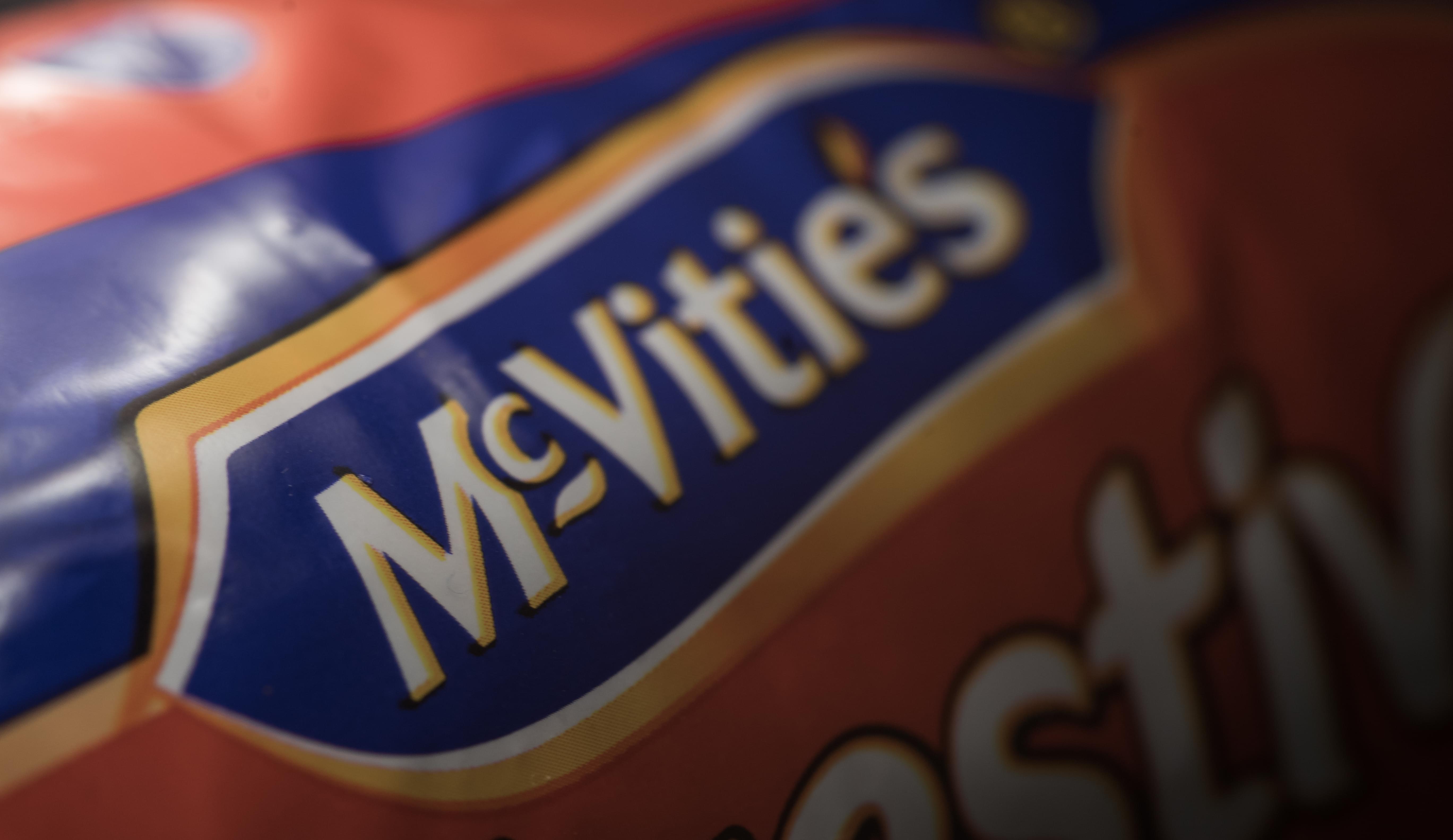
The concept of Shrinkflation is still relatively new to consumers, but for well-known giants of the food industry such as McVities, Birds Eye, Häagen-Dazs and Nestlé Kelloggs, the strategy has proved massively successful in increasing profits. Some of the most well known examples of Shrinkflation began in 2009, when Mars reduced the size of the Mars bar from 62.5 grams to 58 grams, while the price remained at 37 pence. This was soon followed by Coca-Cola as they reduced the size of their 2 litre bottle to 1.75 litres, while Birds Eye potato waffles were reduced from a 12 pack to a mere 10 pack.
This was confirmed in a report by the UK’s Office of National Statistics (ONS). It revealed that large manufacturers are indeed using Shrinkflation to increase profits, and consequently 2,529 products had decreased in size in the years between January 2012 and June 2017. In 2018, it is hard to find a company that hasn’t used Shrinkflation.
The report offered countless examples of Shrinkflation; they found that Sensodyne toothpaste decreased its size of the average tube from 100 ml to 75ml, a pack of Dettol bathroom wipes now only has 32 wipes instead of 36, and Malteser share bags are down from 121g to 103g. Tesco even cut the size of their Christmas tinsel from the standard 3 meters to 1.7 meters. Yorkie chocolate is not as thick it once was and a typical box of Surf washing powder has become lighter.
The report confirms that Shrinkflation is designed to cheat the consumer. The packaging of many of the products were redesigned to mimic the original size to make it harder for the consumer to realise that the product had shrunk. For example: Sensodyne toothpaste, Dettol bathroom wipes and Maltesers packaging would have all remained the same size despite the decrease in the contents.
Therein lies the real problem – loyal customers are fooled by companies they trust. It is true that many of us are not fully aware know how many tea bags come in a box, how many biscuits are in a typical pack of McVities digestives, or how many washes they used to be able to get out of their shampoo bottle. Unfortunately, for the consumer, the manufacturer knows that the average consumers inherently focus on two qualities when it comes to purchasing a good – price and ingredients. Quantity is to the back of people’s minds. Companies would rather cheat and deceive customers to pay the same for lesser quality and quantity product to increase profit than to be innovative and aim to diversifying their product line.
The famous example of Cadbury’s creme egg proves this. In January 2015, Cadbury announced to an outraged public that it would no longer be making its creme egg with Cadbury Dairy Milk chocolate, instead it would be made from a standard cocoa mix chocolate. This further illustrates that companies even those as beloved as Cadbury would rather reduce the quality of their products than increase the price for the consumer. However, what is more damaging than a price increase to a consumer? Lies, cheating and taking advantage of consumers.
In response to this public outcry and criticism, manufacturers have stated publicly that the decrease in the units of products is because of an increase in raw materials. This is hard to swallow, as the European import price of sugar sank to its lowest level last year. Nevertheless, if this is indeed the case, the manufacturer should play fair and keep the quantity the same and increase price. However, the manufacturers thinks that us consumers would rather eat smaller products than pay more. Some manufacturers have also blamed Brexit and the fall in the price of Sterling. This theory stumbles as it would only make the slightest bit of sense if Shrinkflation had only been occurring for the last four to five months.
While there are no plans in Ireland to attempt to tackle Shrinkflation, it is up to the consumers to become vigilant and to closely watch the quantities and quality of the chosen and favoured goods that we buy regularly. We must remember that Shrinkflation is driven by the company’s strong incentive to achieve higher profit margins and never to benefit the consumer.






